Author: Ted Ventre
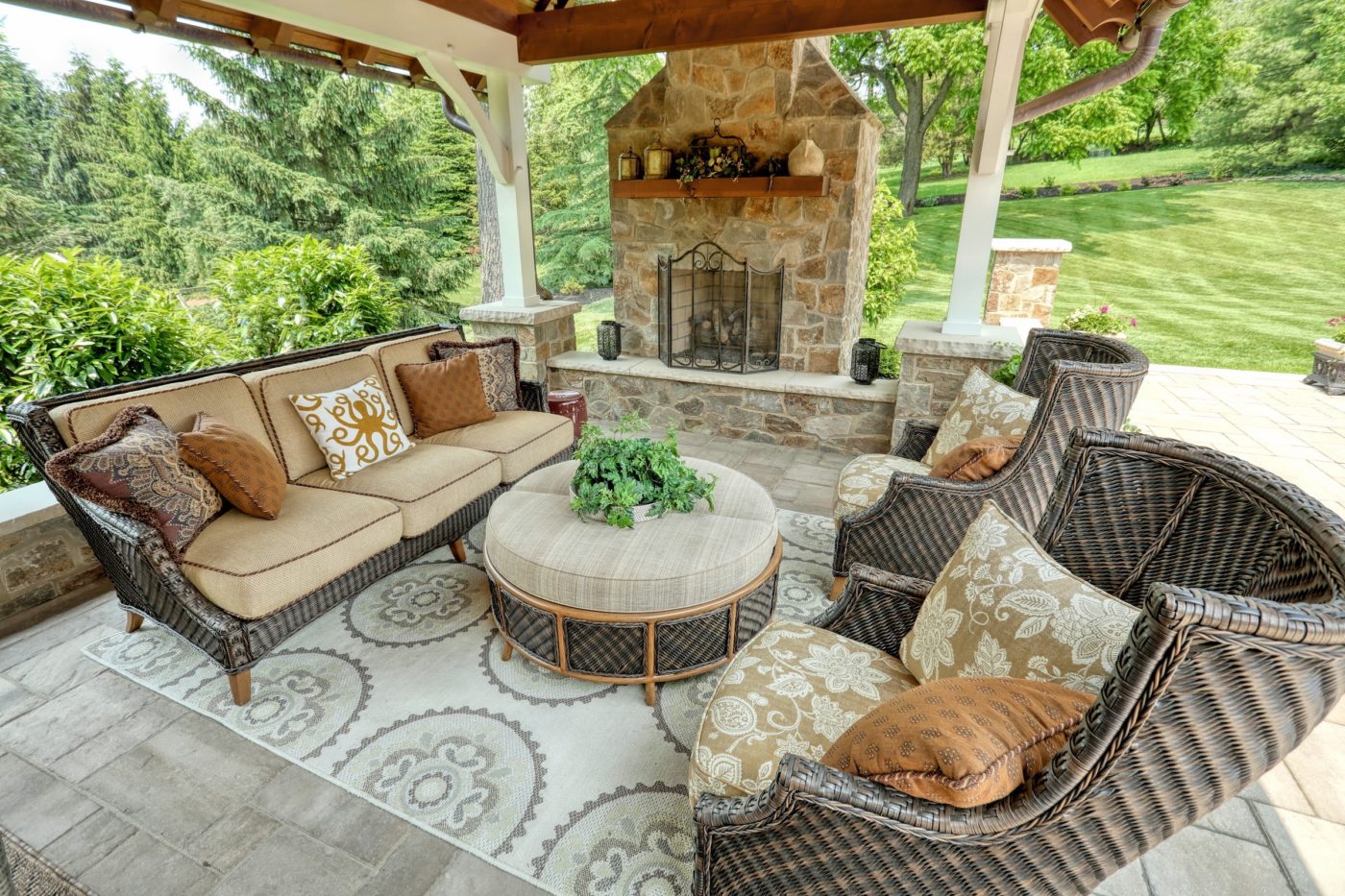
Luxury Outdoor Living
July 9, 2022There are plenty of long summer days and nights ahead of us, and next year seems a long ways off. We’ve learned, though, that nature works in long cycles, and that when planning truly great landscapes, we should as well.
The term “hardscaping” refers to landscaping features that are permanently established and typically nonliving. Patios, water elements, fire pits and outdoor shelters all fall into this category. Hardscaping additions can transform an underused area of your property into an inviting living space which allows your family and friends to fully enjoy the warmer months.
The key to getting the most out of your hardscaping is proper planning. The first step in effective planning is to decide what you want from your new space. You may want a quiet retreat, a place to host large gatherings, or an area that can be a little of both.
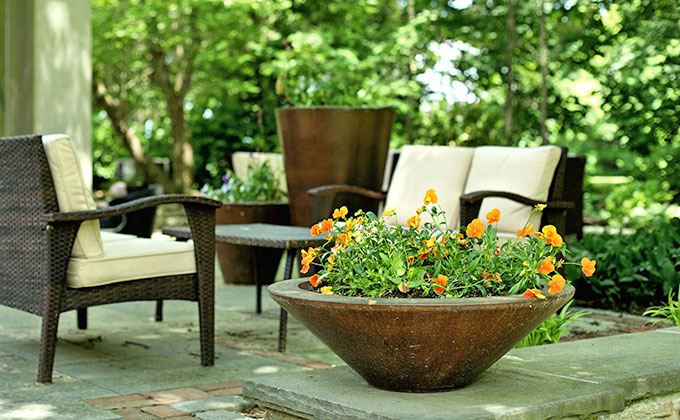
Start Now
Getting ahead on new projects is more important now than ever. You have no doubt heard about supply chain disruptions which have affected product inventories worldwide. These disruptions have influenced the cost of building materials as well as the timing necessary to complete new construction. Because of this unusual situation, even the most thorough plans will likely take longer than you would expect.
Landscape and hardscape projects require many moving parts working together properly. The process of designing a plan, procuring the necessary materials and scheduling the labor already takes a considerable amount of time. Over the past year or so, this process has become lengthier and more complicated. If you’re considering new projects for 2023, now is the time to lay out the specifics. Patience and planning go hand in hand. If you have thoughts about new additions, give us a call, and we will set the process in motion.
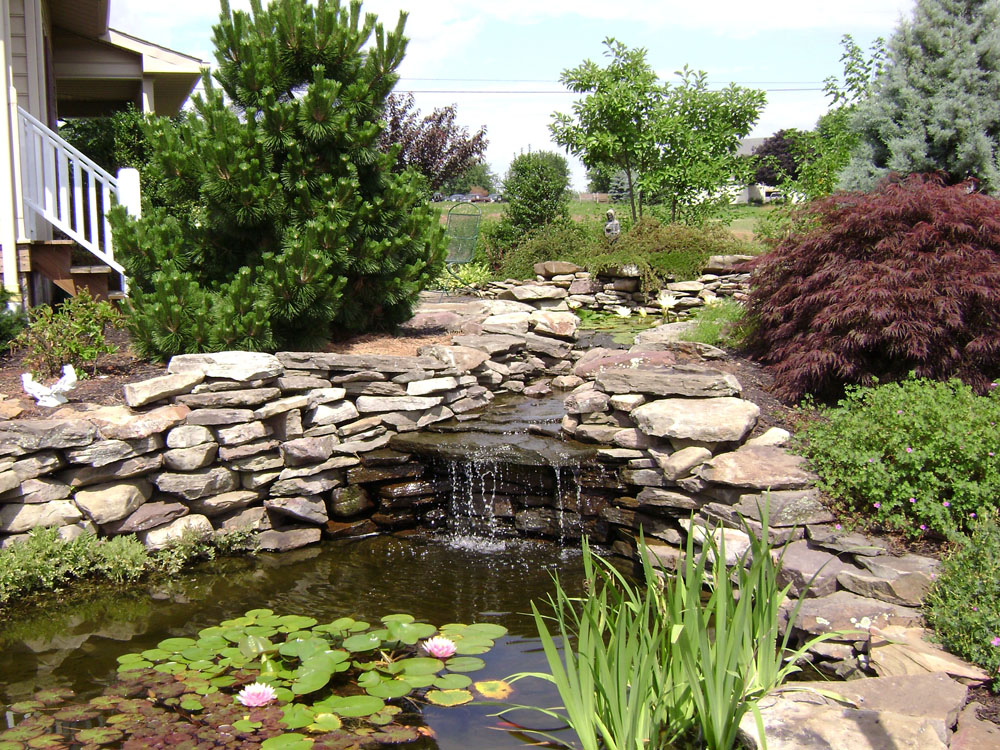
Water in the Landscape
June 27, 2022Water is what makes life on Earth possible. In our landscapes, water not only keeps our plants green and growing, but it also provides us with sound and motion in the form of landscape water features.
Make a Splash This Year
Whether they’re used as focal points or simple accents, water features are a great way to add interest, beauty and tranquility to your landscape. Ornamental pools can embellish your garden with a wide variety of fish, foliage and flowers, while the sounds of moving water from a fountain or waterfall can help create a more relaxed and welcoming atmosphere.
Your water feature can be simple or complex, depending on your needs and interests. From a simple reflecting pool to multi-tiered waterfalls, the choices are vast. Homeowners are sometimes concerned about the maintenance required for a water feature, and they’re surprised to find out how easy water features are to manage, especially compared to the ambience they provide.
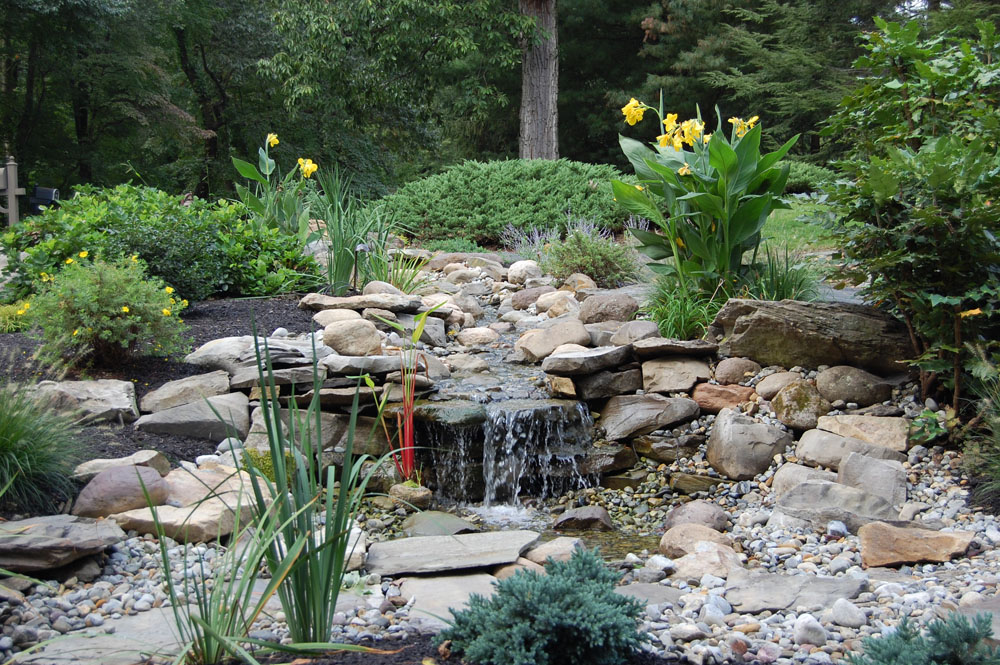
Watering Wisely With Automatic Irrigation
If you don’t have an automatic irrigation system on your property, now is a great time to have one installed. Water conservation is more important than ever, and these systems can save a lot when compared to traditional hoses and sprinklers.
Automatic irrigation systems are able to calculate how much, when and where watering is needed, so you can be sure that your lawn, trees and shrubs will always get the right amounts of water at the right times. Plus, extra features like rain shut-off devices, moisture sensors and automatic controllers help to avoid watering waste.
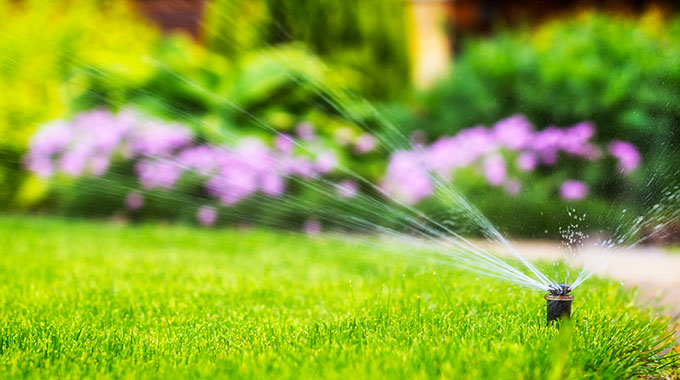
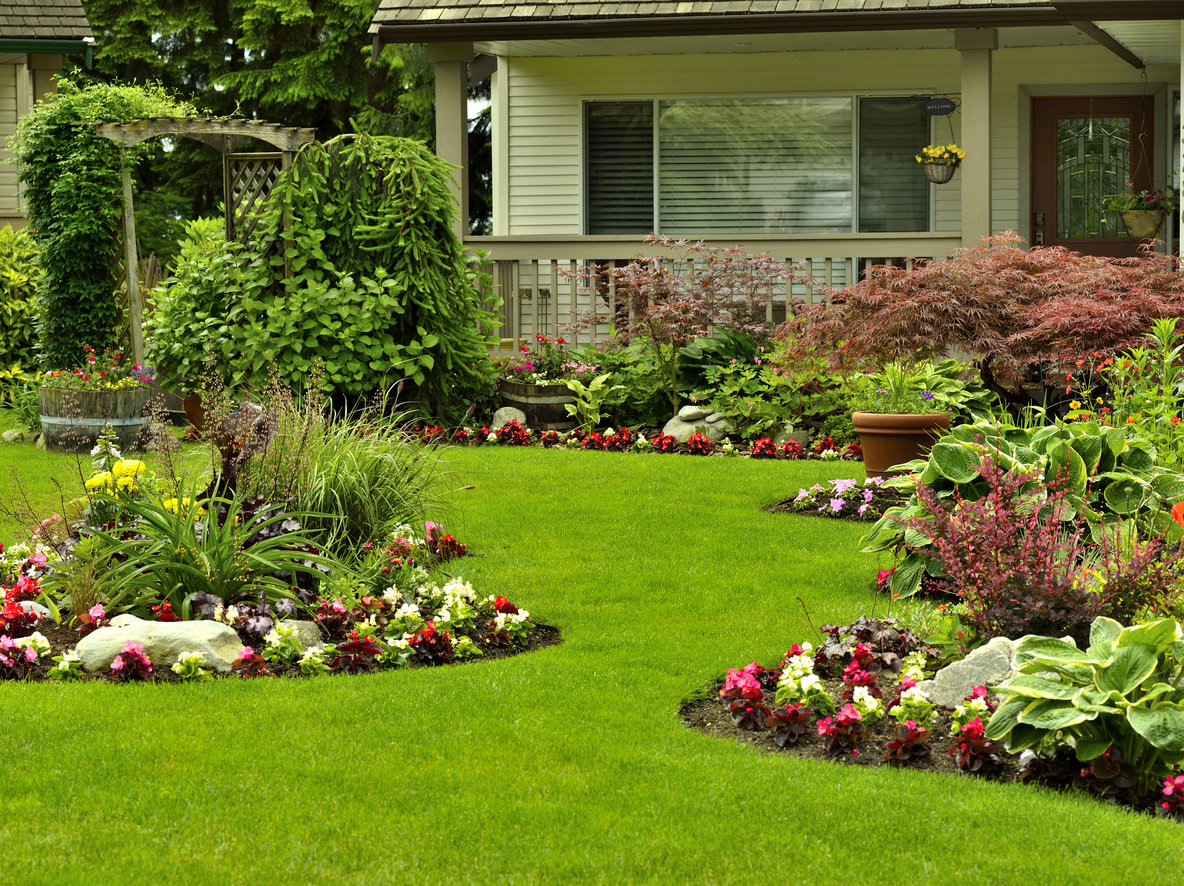
Annual and Perennial Floral Displays
May 16, 2022If you have ever been to a garden center, you have no doubt heard about annual plants and perennial plants. So what really is the difference between “annual” and “perennial” plants? It’s all in the life cycle.
As the name suggests, an annual is a plant that lives for just one season. Whether you plant from seed or purchase seedlings to plant, an annual will sprout, flower, seed, and then die, all in the same year. Popular annuals include zinnias, marigolds and impatiens.
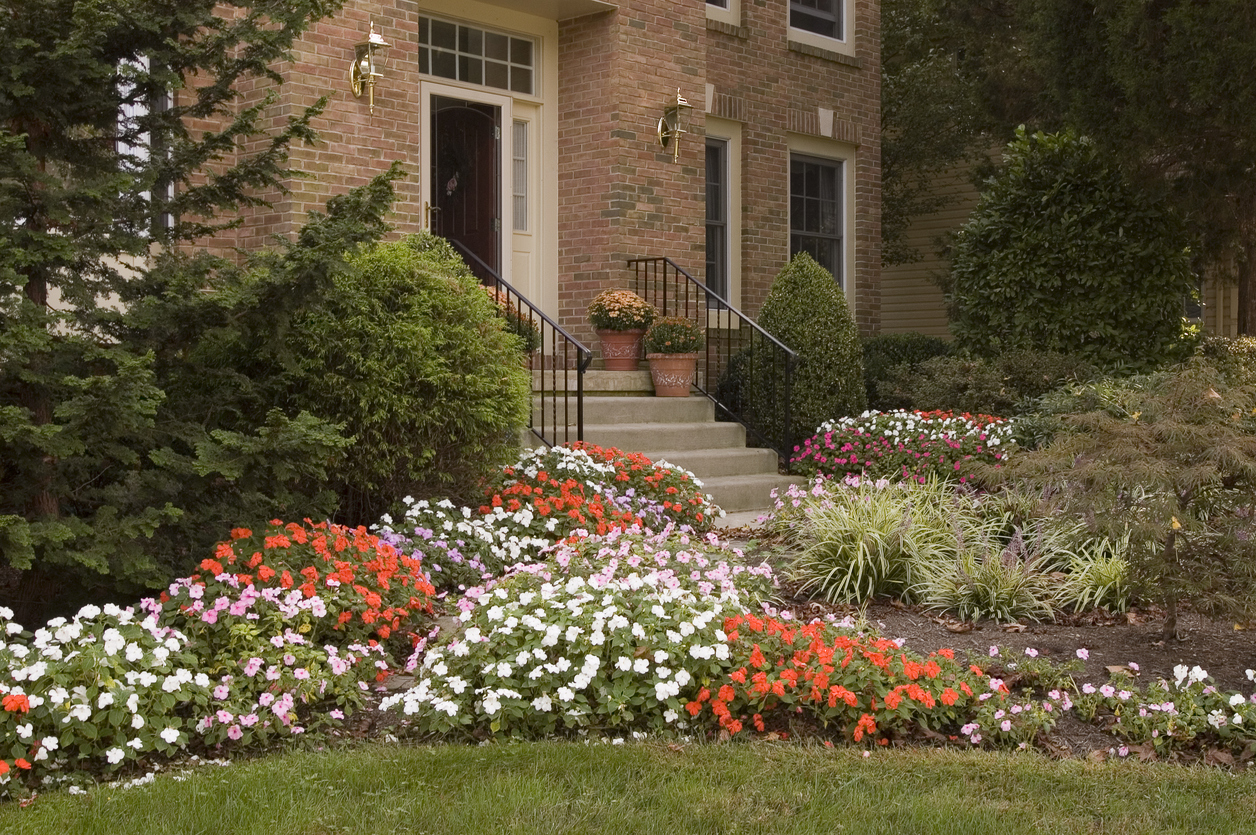
In contrast, perennials can live for three or more growing seasons. They are generally more drought-resistant than annuals, and can be planted from bulb or seed. Roses, peonies, mums, and daylilies are common perennials.
You may have a spot in your flower bed where a perennial displays wonderful color in spring. Once the spring flowers fade, however, something may be needed to fill the gap with color. That’s the job of an annual. By combining the dependability of perennials with the season-long color of annuals, you can create a garden that’s a showcase from spring through fall.
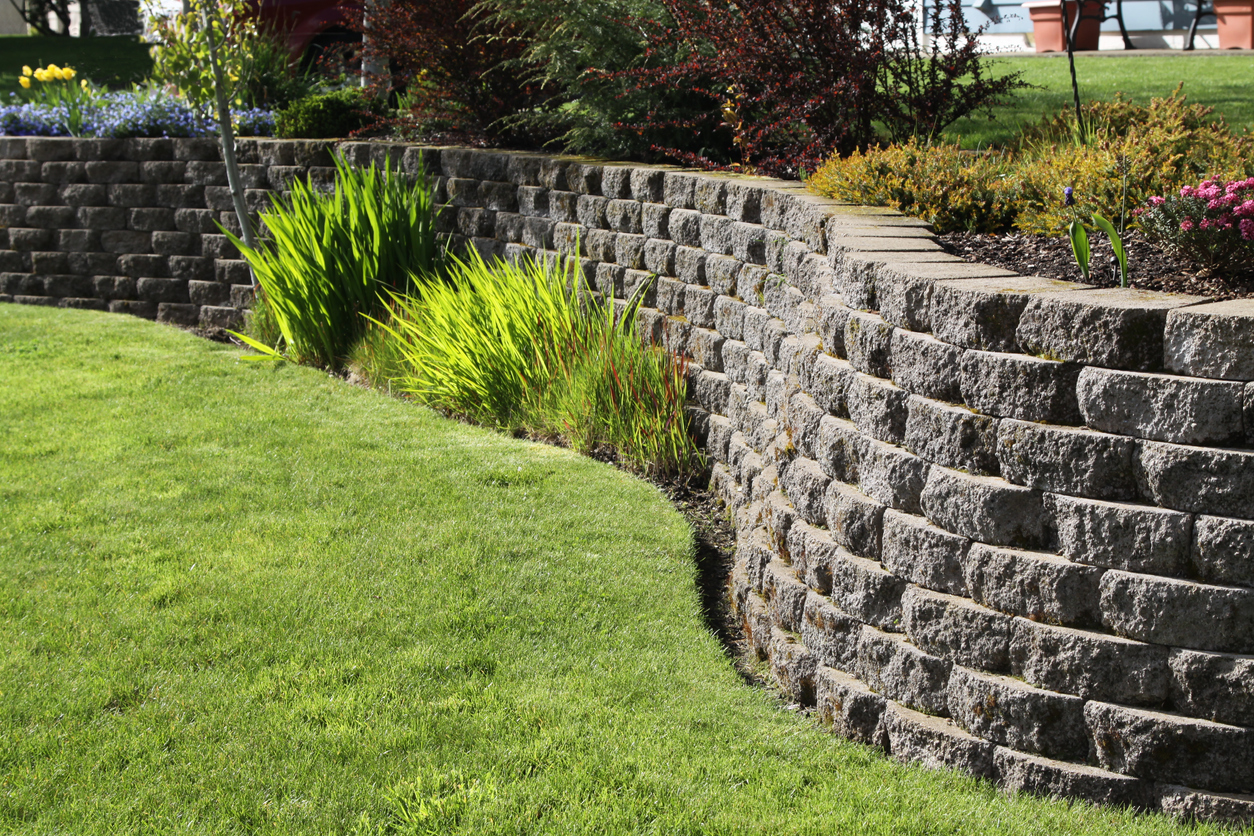
Shape Your Landscape With Retaining Walls
April 26, 2022Does your property include a lot of elevation? A retaining wall can help you make the most of available space. Would you like to see that steep hill being used for something other than sled riding? Terracing it with retaining walls can create level areas that are not only perfect for planting beds but also much easier to maintain.
Retaining walls can be built in a wide variety of sizes with various materials, including natural or cut stone, treated timbers, poured concrete, and pre-cast blocks in assorted colors and textures.
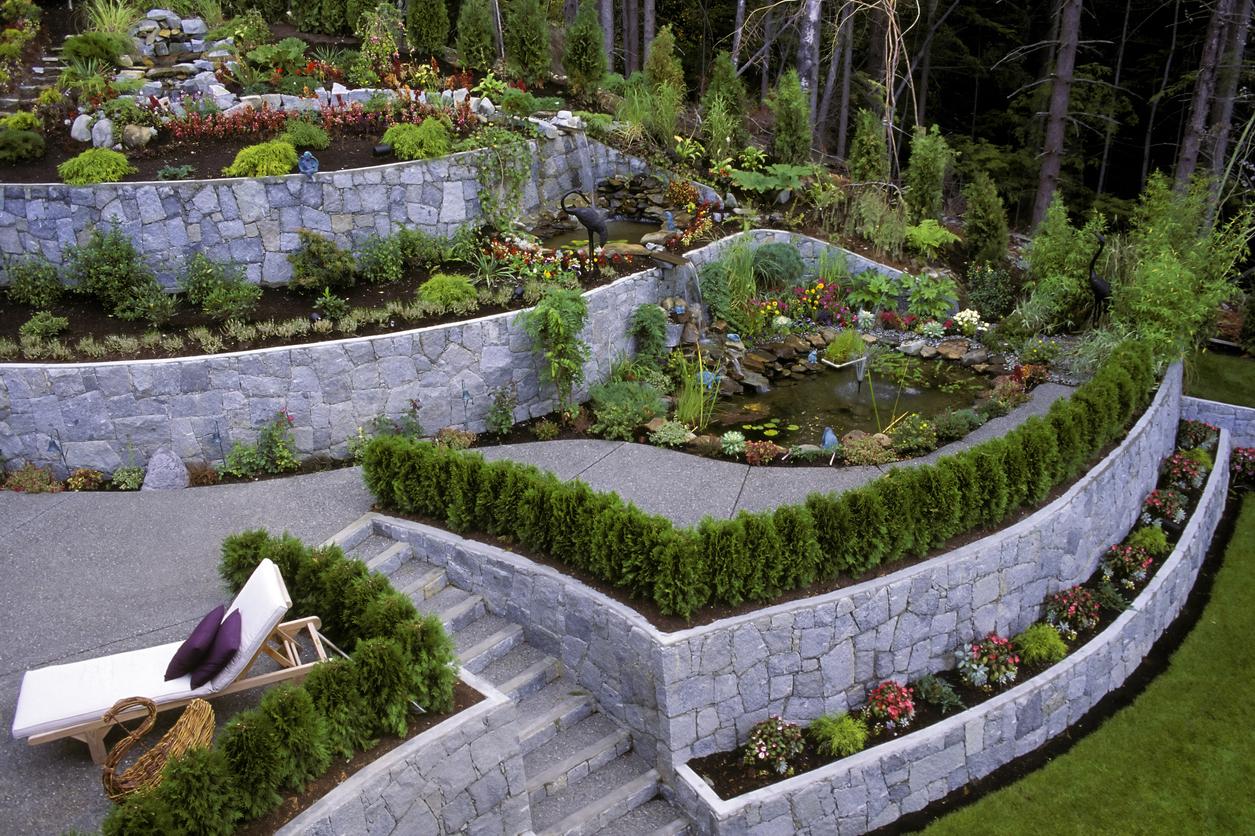
For maximum strength and durability, pre-cast blocks are likely to be your best bet. They’re engineered to interlock with each other as they’re laid, and most have a built-in “setback” to give the finished wall a slightly slanted angle for added stability.
Remember that careful engineering and design are very important, especially if your retaining wall will be supporting major structures on your property. Be sure to consider all of the construction materials available, and choose a design that blends in well with your property while addressing the uses you have planned for the area.
When properly designed, retaining walls can add graceful architectural elements to your landscape while improving its overall usefulness. You may be surprised to learn just how functional your landscape can become!
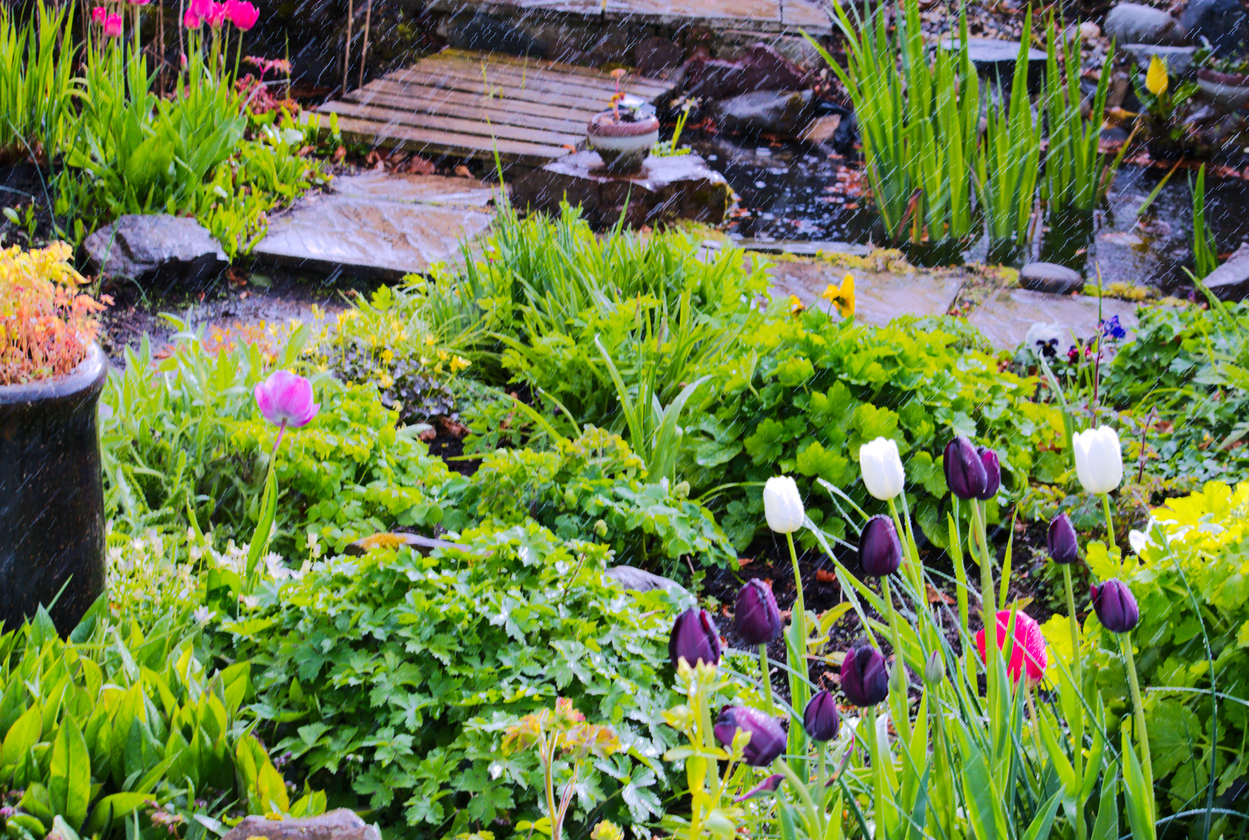
Thirsty Plants Help Dry It Up
March 18, 2022Drainage issues are a common landscape problem during times of heavy rain. Some drainage issues require some type of working drainage system. In many cases, however, drainage can be addressed with the help of living landscaping.
All plants need water. Some plants require a lot of it. If you have an area that suffers from poor drainage, extra-thirsty plants can help the situation. If an existing plant bed experiences standing water, try planting hostas, elephant ears, or cannas. Certain varieties of dogwoods or holly bushes will also do well in wet conditions.
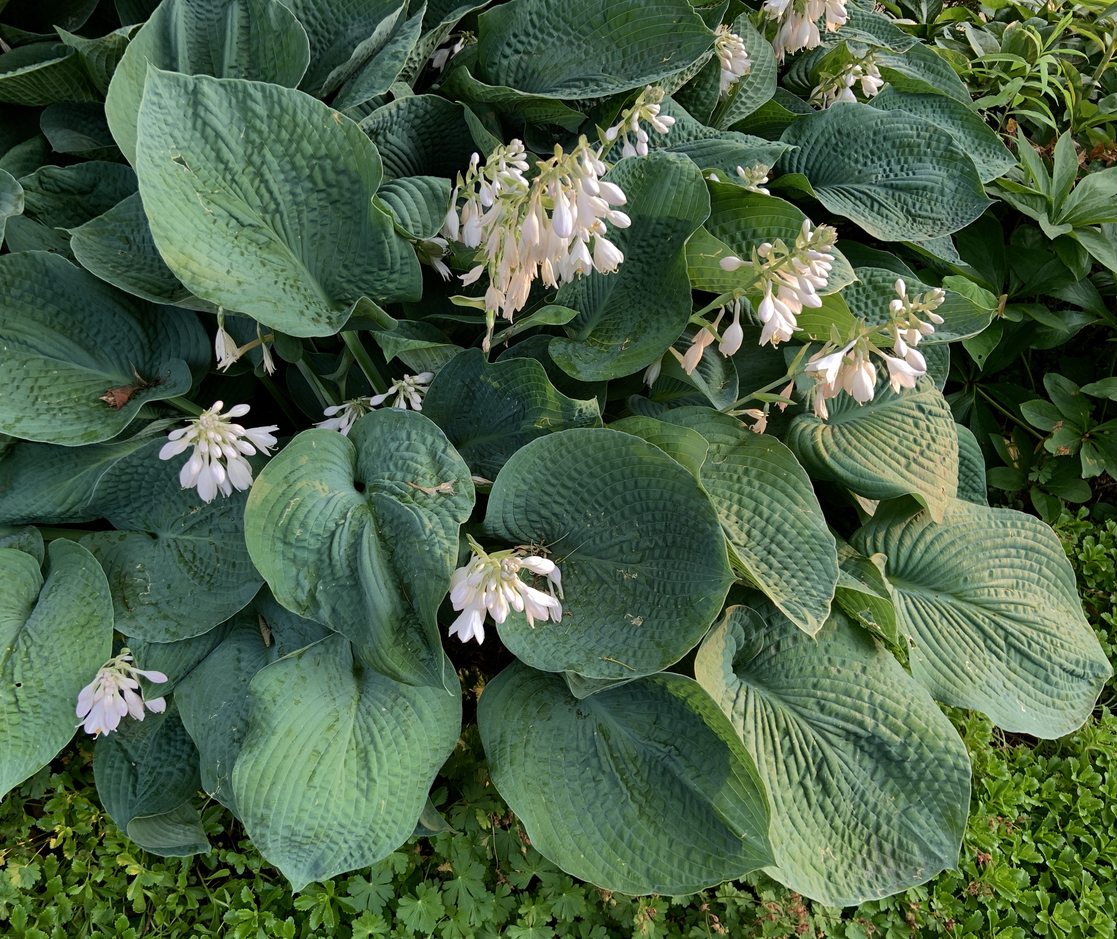
If you have a turf area that is always a swampy mess, you may want to consider replacing the turf with a water garden. A water garden typically includes plants that prefer super-soaked soil and rocks that collect and direct runoff while limiting exposed mud.
While we’d like to call our own shots when it comes to landscape design, sometimes geography and Mother Nature make our best-laid plans difficult to achieve. If drainage is an issue in your landscape, it may be time to introduce landscapes that love it wet.
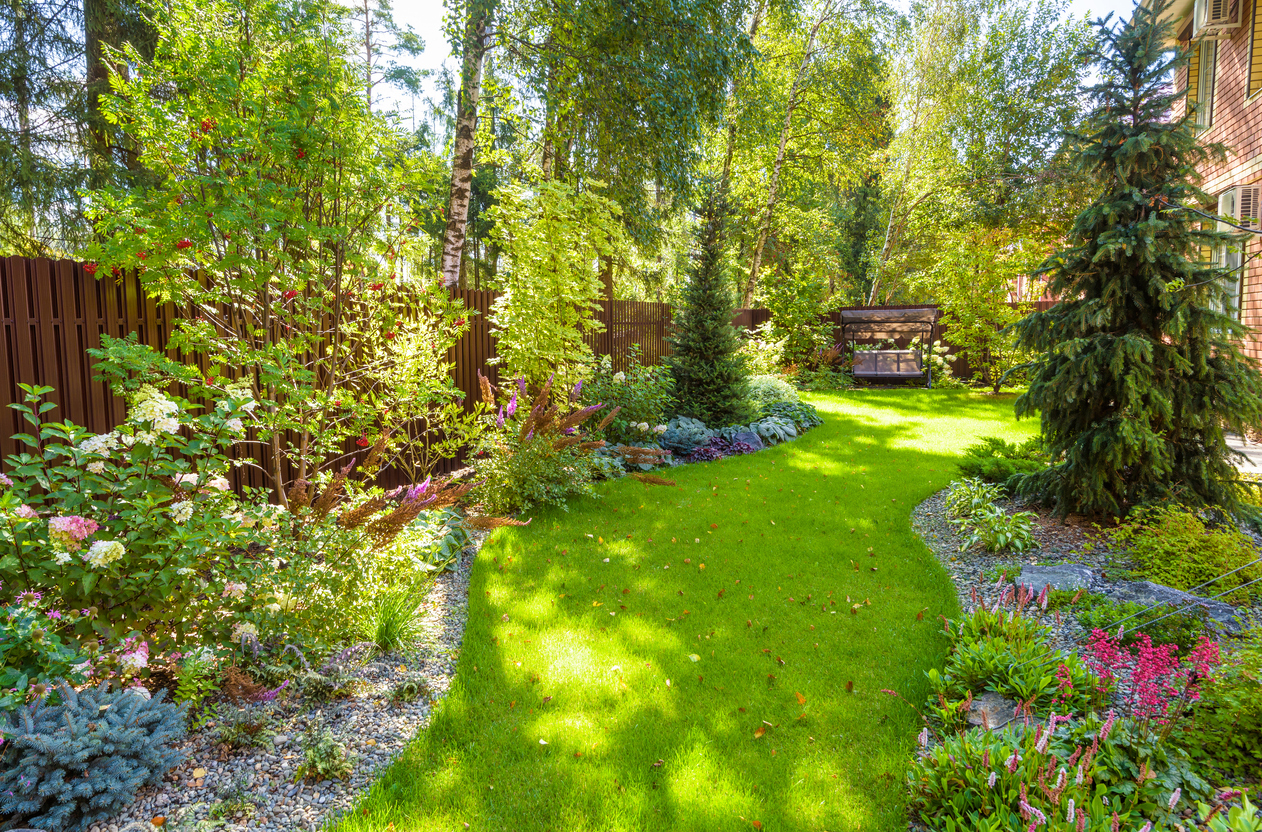
Caring for Trees & Shrubs
February 18, 2022The trees in your landscape are some of your most important outdoor investments. Full-grown trees add both beauty and value to your property that grow each year. With the right care, most trees improve with age and will last for generations.
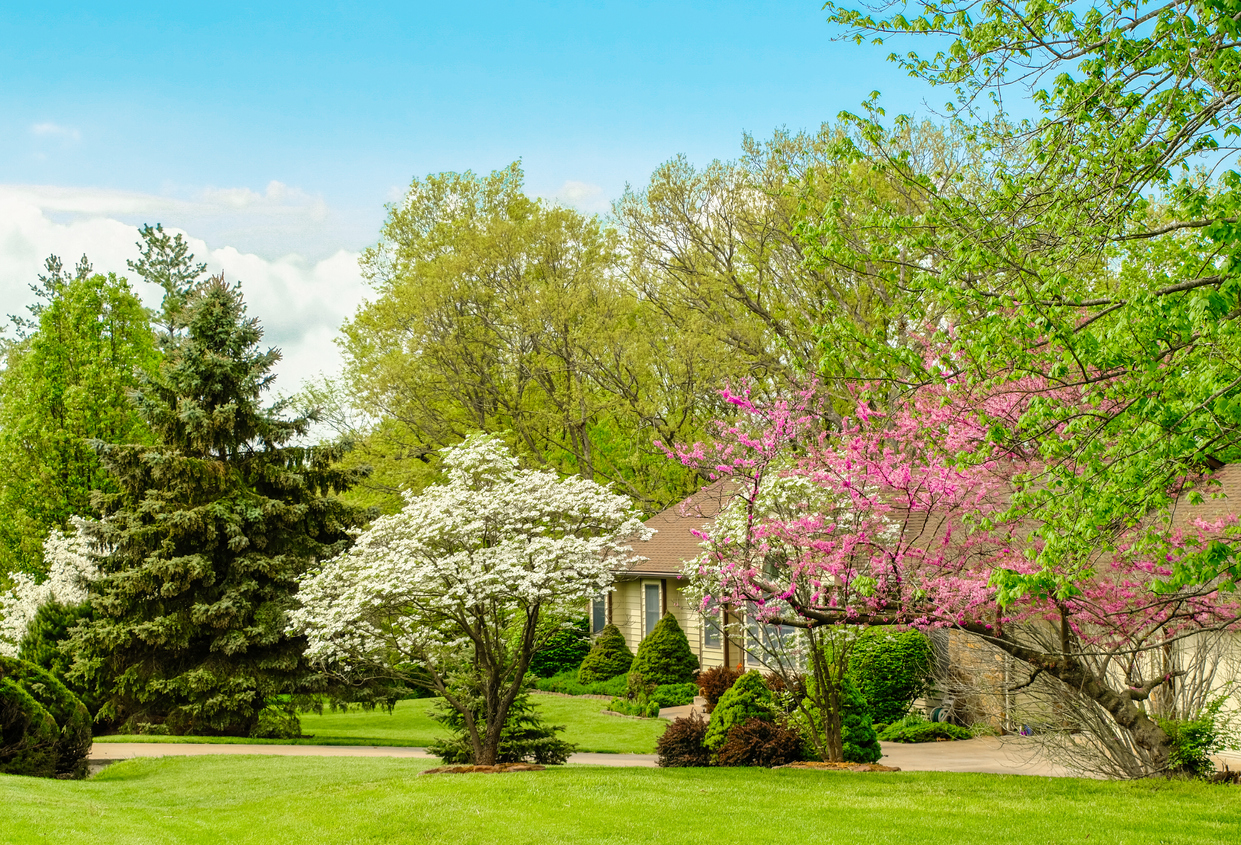
Here are a few tips for keeping your trees and shrubs in tip-top shape:
• Water – We often forget that even mature trees need regular watering. This is especially true for young trees or during long periods of stress.
• Fertilize – Trees in the forests fertilize themselves with decomposing leaves and materials, but in our landscapes, they need help. Slow-release fertilizers made for trees add nutrients back into the soil without damaging the roots of the plants.
• Prune – Shaping trees when they are young not only makes them look better but also keeps them healthy as they grow and prevents problems later. Equally important is removing dead, diseased, or insect-infested branches as they appear. A program of annual inspection for needed pruning will help assure good looks and better health.
• Protect against insects and disease – Regular inspection for insects and disease can catch damage before it begins.
With the proper care and protection, your trees can provide beauty and value to your property for many years to come.
Winter Is Time For Hardscape Planning
November 11, 2021As fall weather turns to winter, it’s easy to think that you have plenty of time to plan your spring landscape and outdoor living projects. In reality, the clock is ticking! With supply chain and labor challenges showing no signs of letting up, most reputable contractors are scheduling work months in advance and Hively is no different. The time to plan your spring and summer 2022 landscape projects is now. With careful planning, your backyard can become a personal vacation destination.
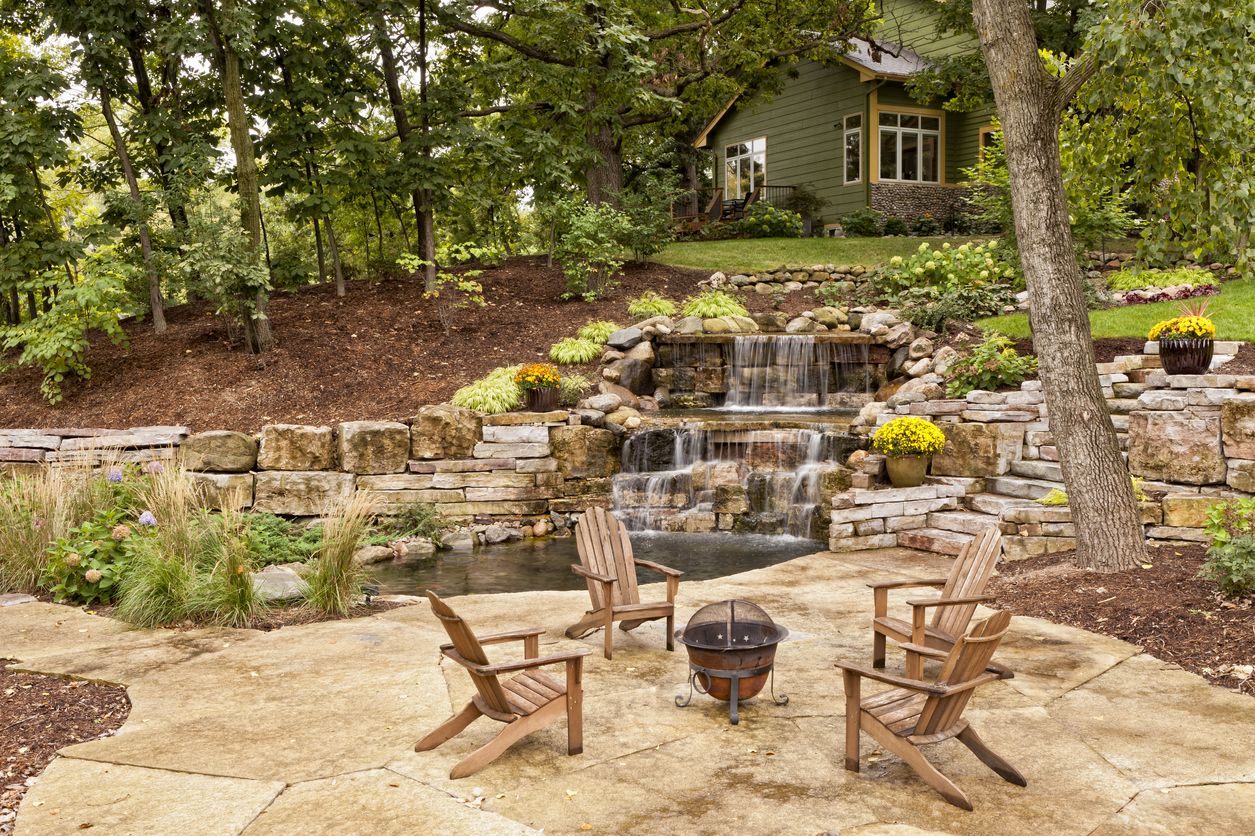
The term “hardscaping” refers to landscaping features that are permanently established and typically nonliving. Patios, water elements, fire pits and outdoor structures all fall into this category. Hardscaping additions can transform an underused area of your property into an comfortable living space which allows your family and friends to fully enjoy the landscape.
The key to getting the most out of your hardscaping is comprehensive planning. The first step in effective planning is to decide what you want from your new space. You may want a quiet retreat, a place to host large gatherings, or an area that can be a little of both.
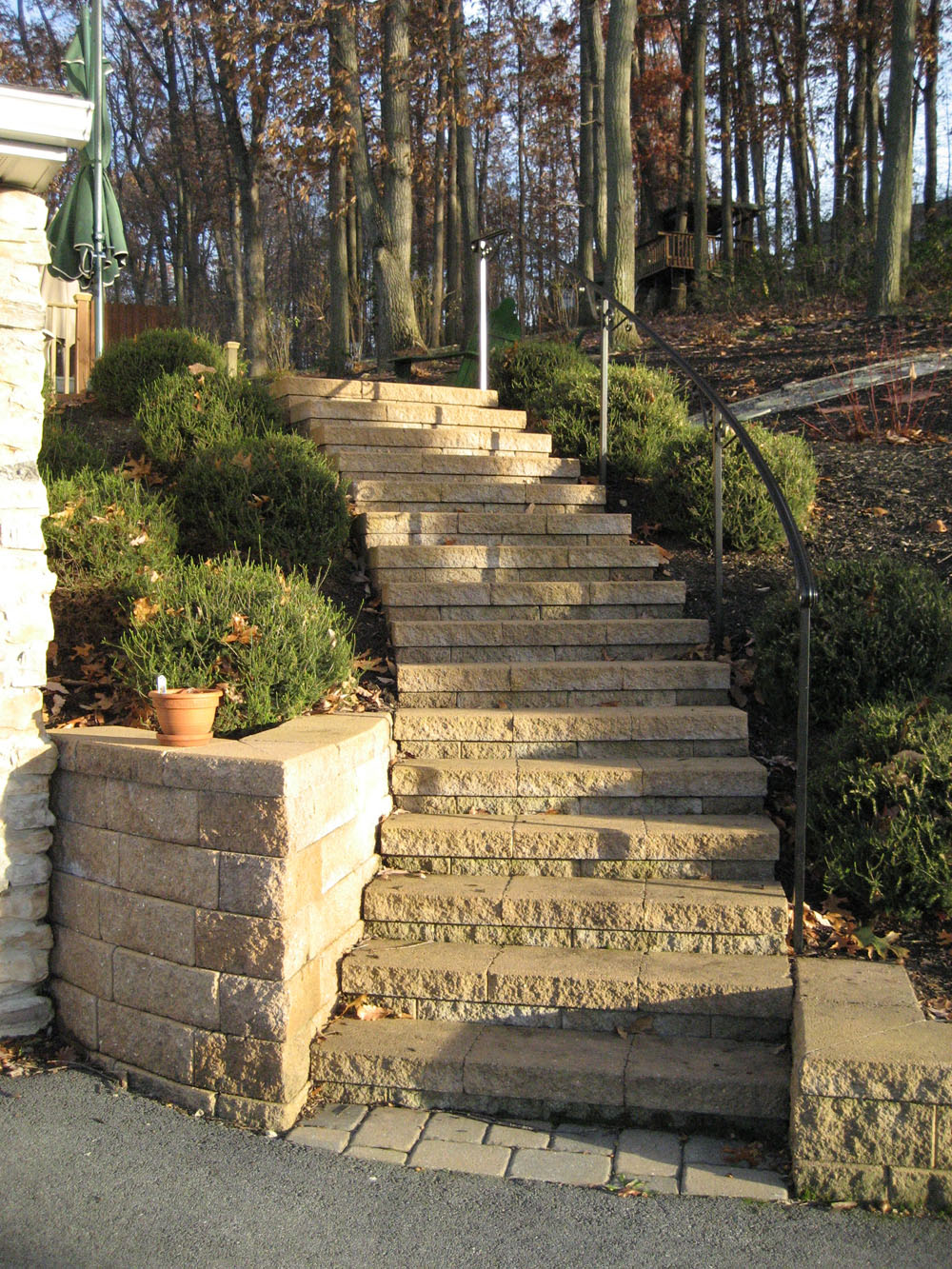
Whatever your specific vision is for new hardscaping, now is the time to set your project in motion. If you begin planning and building now, your new outdoor living space will be ready for you to enjoy once spring arrives. While the season just past is still fresh in your mind, look forward to the next steps that will take your backyard to a whole new level.
Warm Up This Fall
October 15, 2021As the nights grow cooler this fall, there’s no need to move the party indoors. There are several ways to keep things warm and cozy outside well into the night, extending the fall season.
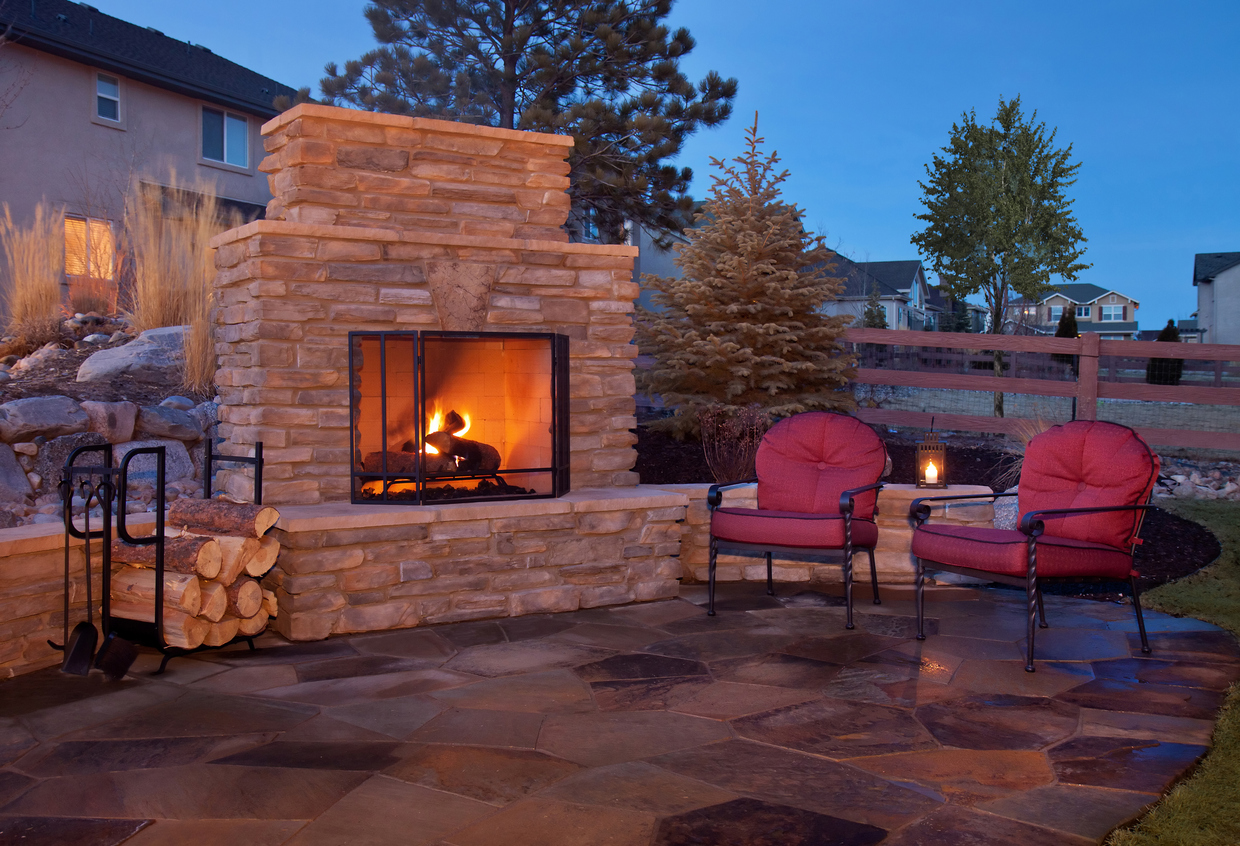
Fire Pits and Fireplaces
There’s something beautiful and rustic about burning wood outdoors. You can have a pit dug into the ground and built up with stone walls if you like. Often, fire pits will include installed seating at the right height for comfortable seating and the right distance from the heat. A well-designed fire pit will become the centerpiece of your outdoor evenings as night cools off and your party heats up.
For a more formal look, consider a brick or stone fireplace with shelves and storage space for wood. You can also incorporate a built-in grill or a “pizza-type” oven into the design. A fireplace designed and placed properly can serve many functions for your outdoor life while adding both pleasure and increased property value. These are great ways to extend your days and the season by adding comfort and beauty to your patio.
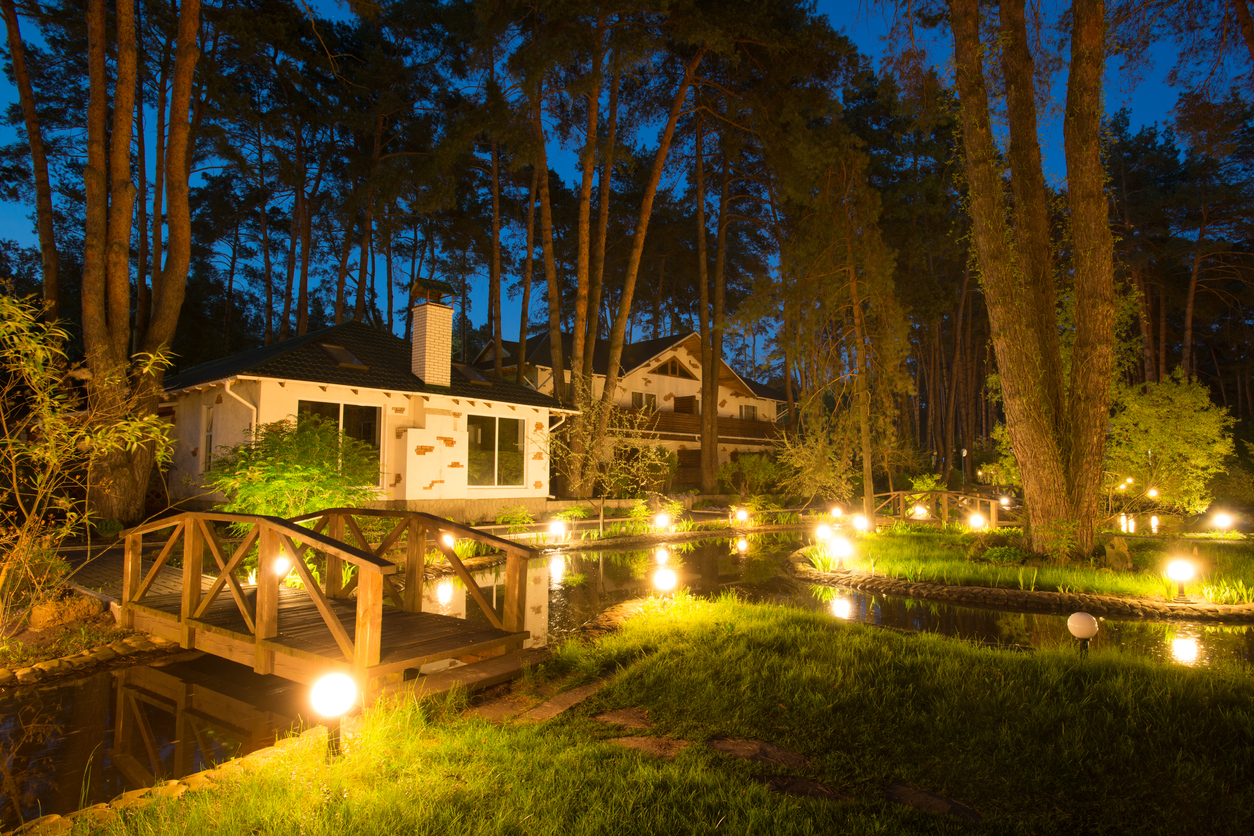
Low-Voltage Lights For Navigating Safely
Regardless of the temperature outside, proper lighting is essential for maximizing the use of your patio. Low-voltage exterior light fixtures come in an amazing variety of types and sizes. There are ground-level lights on stakes and well lights that send their light upward onto a wall or into a tree. There are also suspended lights that can be suspended from tree branches or any structure. This type of lighting can provide ample illumination to help you and your guests move about safely. Plus, the low-voltage requirements won’t drive up your electric bill.
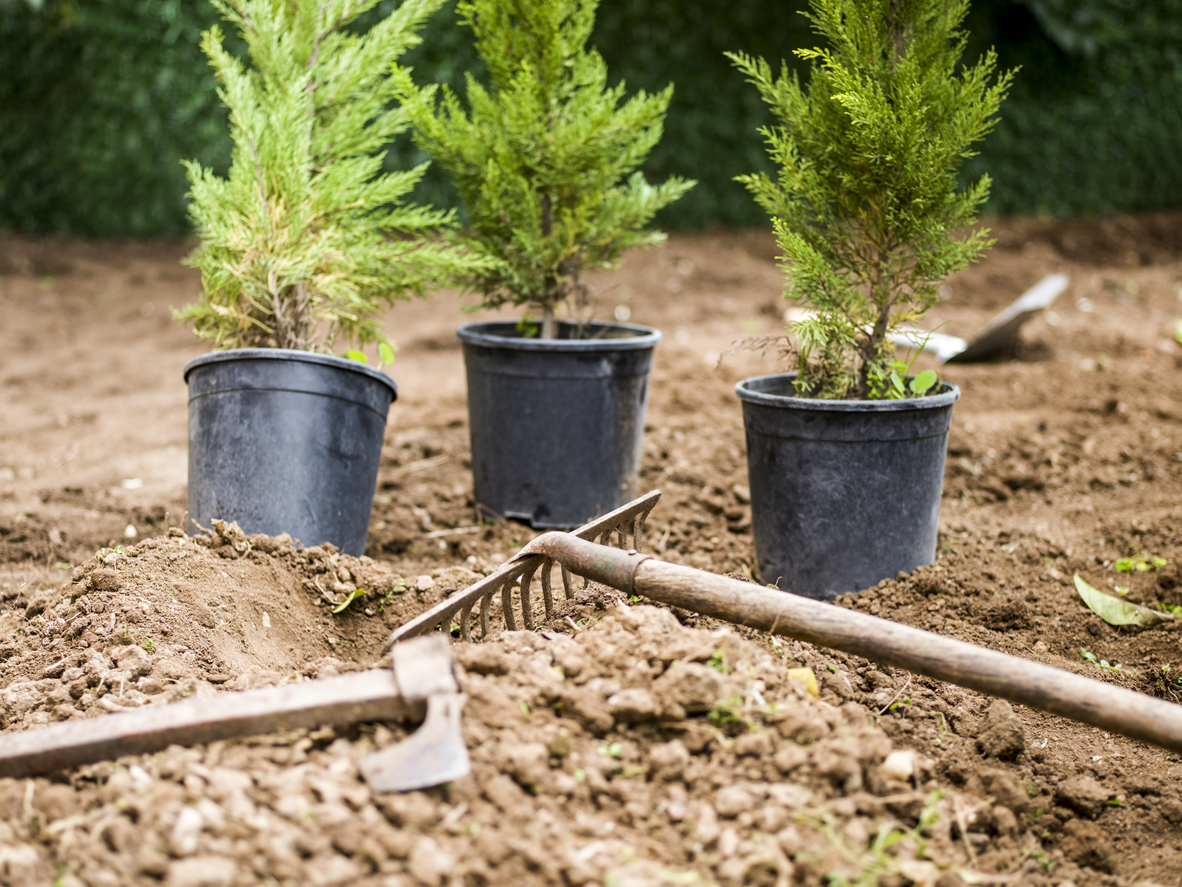
Fall Is For Planting
September 3, 2021Do you have the perfect spot in mind for a new tree or some shrubs? Maybe a plant has died or some of your older shrubs need to be replaced because they’ve become overgrown. If you’re in a newer home, chances are there are still some parts of your original landscape plan to be installed. If you’re planning to move, your landscape may need a facelift before you put your home up for sale.
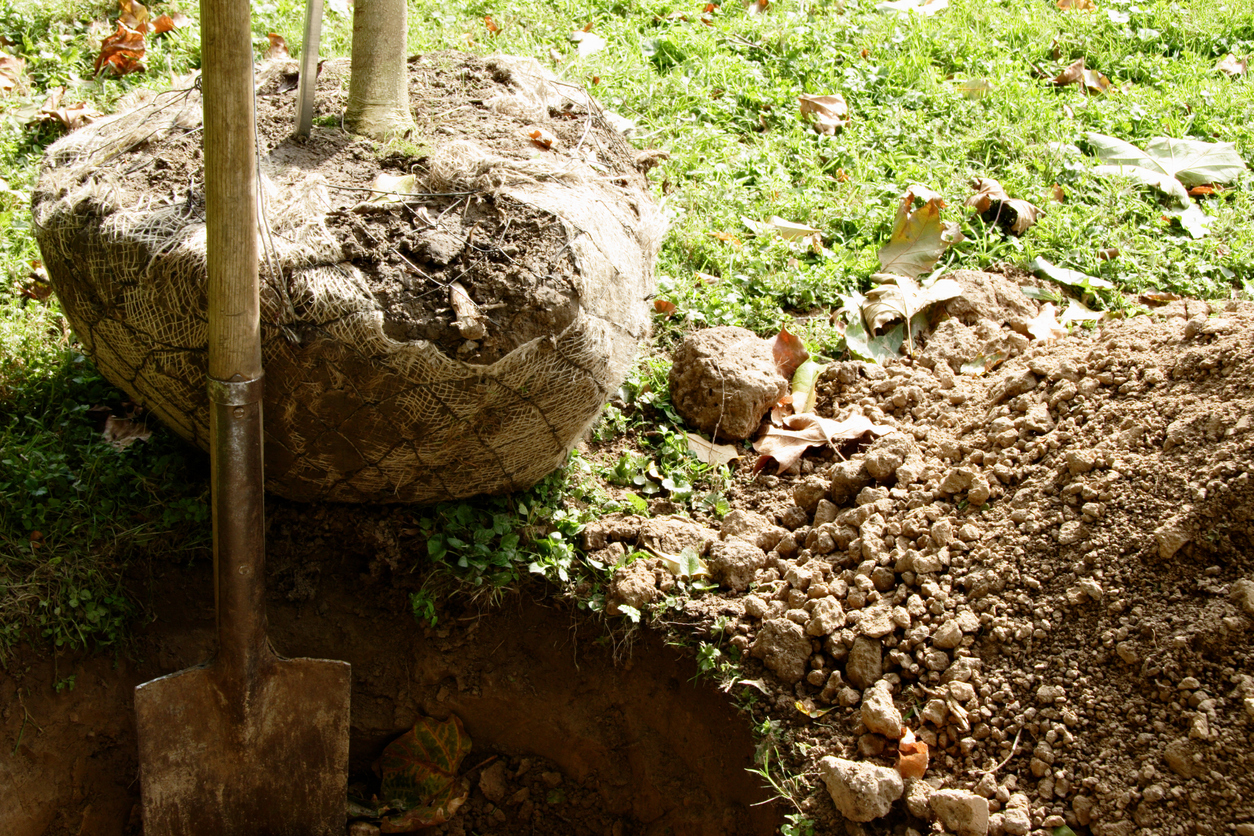
Whatever your situation, if you want to install trees or shrubs, fall is a great time to do it. The cooler weather and more plentiful moisture give landscape plants a chance to put out roots and get used to their new home before the stress of next summer’s heat and dryness is upon them. They’ll have an extra growing season to become established, and you will get to see your new landscape plants bloom or leaf out next spring.
As with any landscaping project, it’s always a good idea to get professional advice and help. You’ll get top-quality results, your project will be done quickly, and your back muscles will suffer less as well!
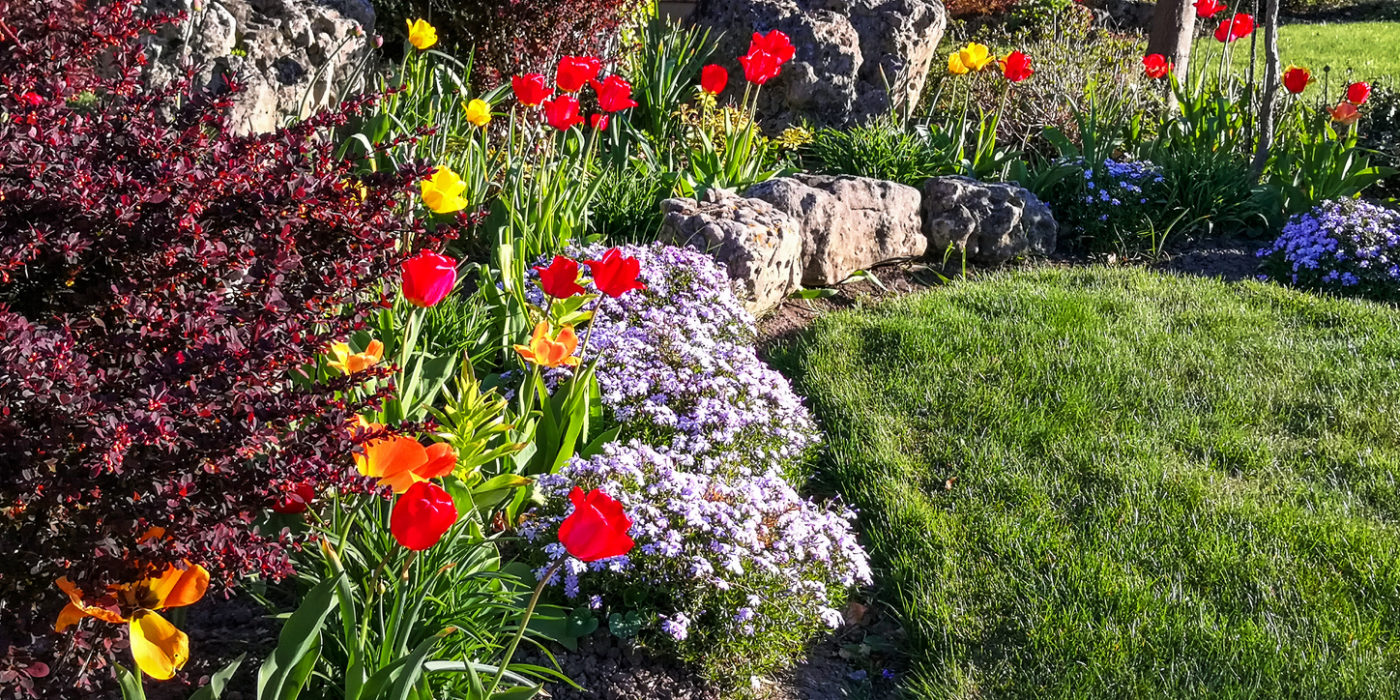
Going Native
August 17, 2021Choosing plants for your landscape can be a challenge at times. Factors of size, shape, and appearance must all be considered as you look to build a landscape that suits your vision. Another factor to consider is the plant’s overall viability and maintenance requirements. Plants that are native to your region make excellent choices.
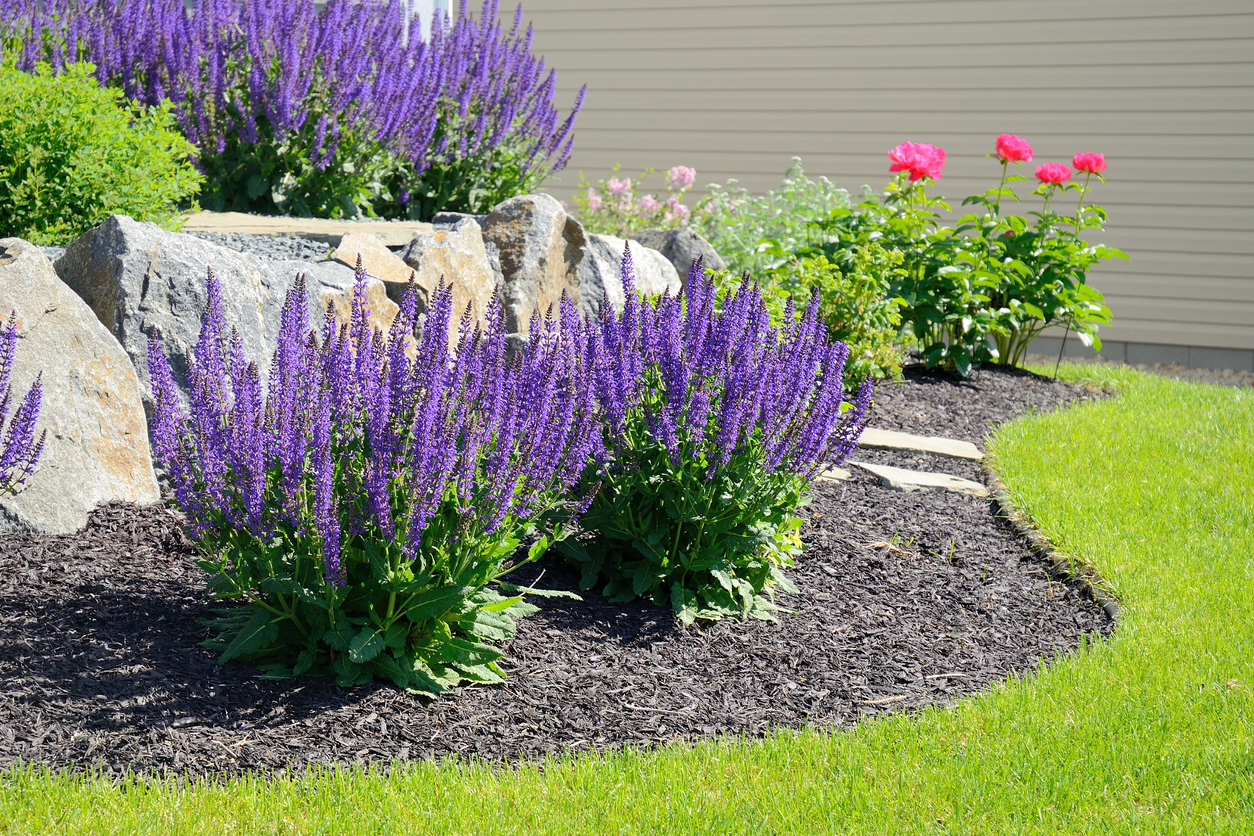
All living landscaping includes maintenance needs. While regular watering, pruning, and fertilization is not too much to ask, some plants require considerable coddling. Some folks in our area love having ornamental banana trees. While those trees do offer a unique tropical flair, they also need to be dug up and stored indoors every winter, a process that becomes more and more cumbersome with each passing year. Exotic landscaping will always need extra attention.
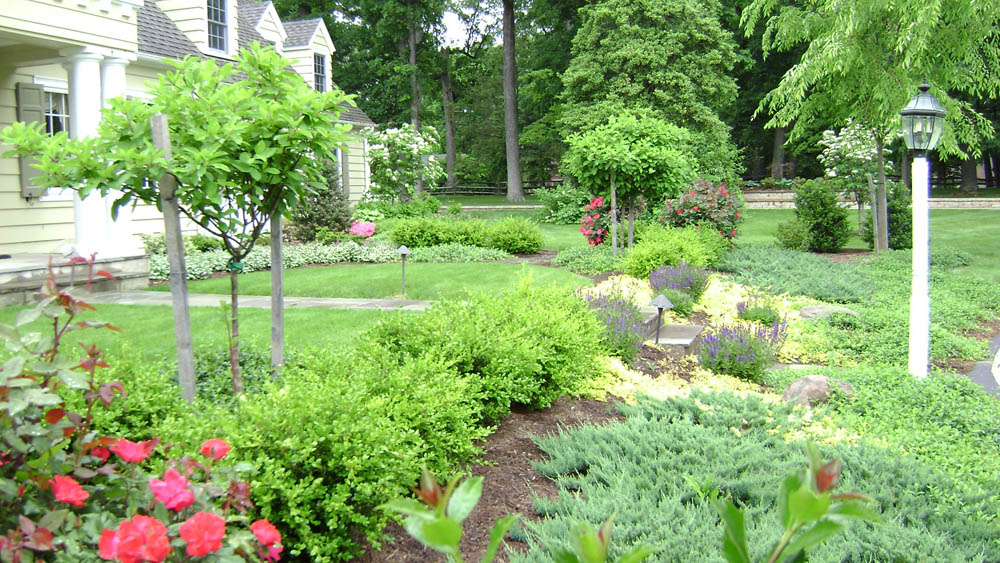
On the other hand, native plants are naturally adapted to their surroundings. They are attuned to the area’s rainfall, soil composition, range of temperature, and even common pests. As a result, native plants can thrive even with the most basic level of care. This allows you to enjoy a gorgeous landscape minus the maintenance headaches. As you select plants to populate your property, be sure to pick some native plants that already feel right at home in your backyard.